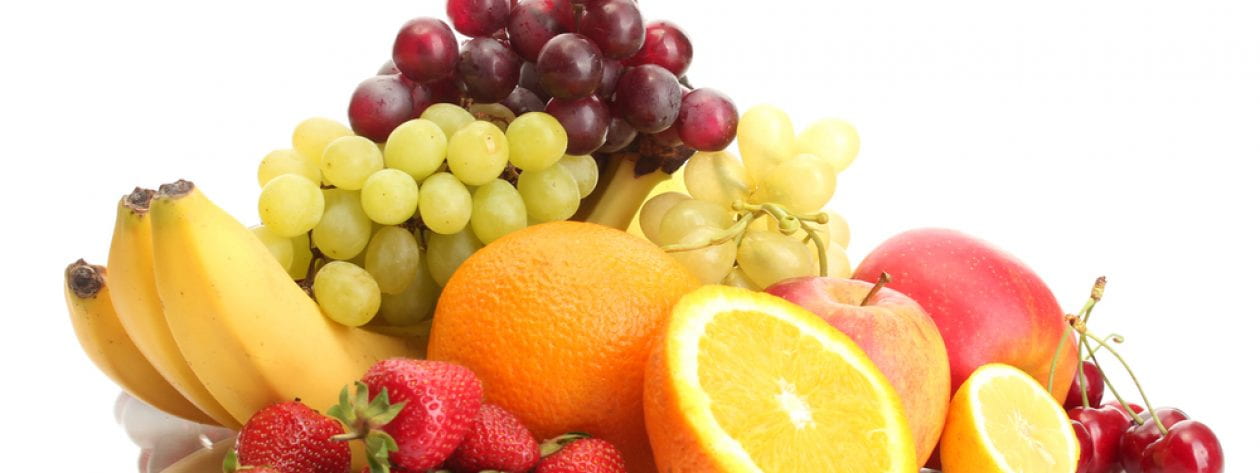If you’ve scanned the dairy aisles of the grocery store lately, you may have come across this next trendy beverage: Kefir. Kefir (“key-fur”), a sour, tangy, almost yogurt-like, fermented milk gets its name from kefir grains, which are small gelatinous beads made up of yeast and bacteria.

The grains are soaked in milk, covered and left to sit for approximately 24 hours at room temperature. During that time, the grains will ferment the milk, giving the drink its probiotic characteristics. Once done fermenting, the grains are strained out and the kefir is ready to drink. Oftentimes Kefir is also flavored with fruits, purees, flavorings, or even just sugar to make it taste more appealing.
Remember those small bottles of drinkable yogurt that you might have had in elementary or middle school? Kefir is like the grown-up version of those. Kefir contains close to 30 different strains of probiotic bacteria and yeast which come from the process of fermentation. Probiotics can help promote strong immune systems by inhibiting the growth of harmful bacteria, like salmonella, that can live within our digestive systems.
Kefir contains a wealth of additional nutrients including protein, calcium, phosphorus, riboflavin, magnesium, along with vitamin D and B12. The live bacteria in kefir also help to digest the lactose from the milk, making it a great dairy option for those with a lactose intolerance.
Kefir originated in eastern Europe and Asia, specifically the Caucasus mountains. Legend claims that the Muslim prophet Mohammed gave the kefir grain to the Orthodox Christians in the area and they’ve used them ever since. Kefir has been adopted by many people as it has been known to have many benefits and now we can find it being sold in our local grocery stores.
Try some today!
Sources:
- https://www.healthline.com/nutrition/9-health-benefits-of-kefir#section4
- https://www.russianlife.com/stories/online-archive/magical-kefir/
- https://www.bbcgoodfood.com/howto/guide/health-benefits-kefir
- https://foodandnutrition.org/july-august-2014/kefir-russia-love/






